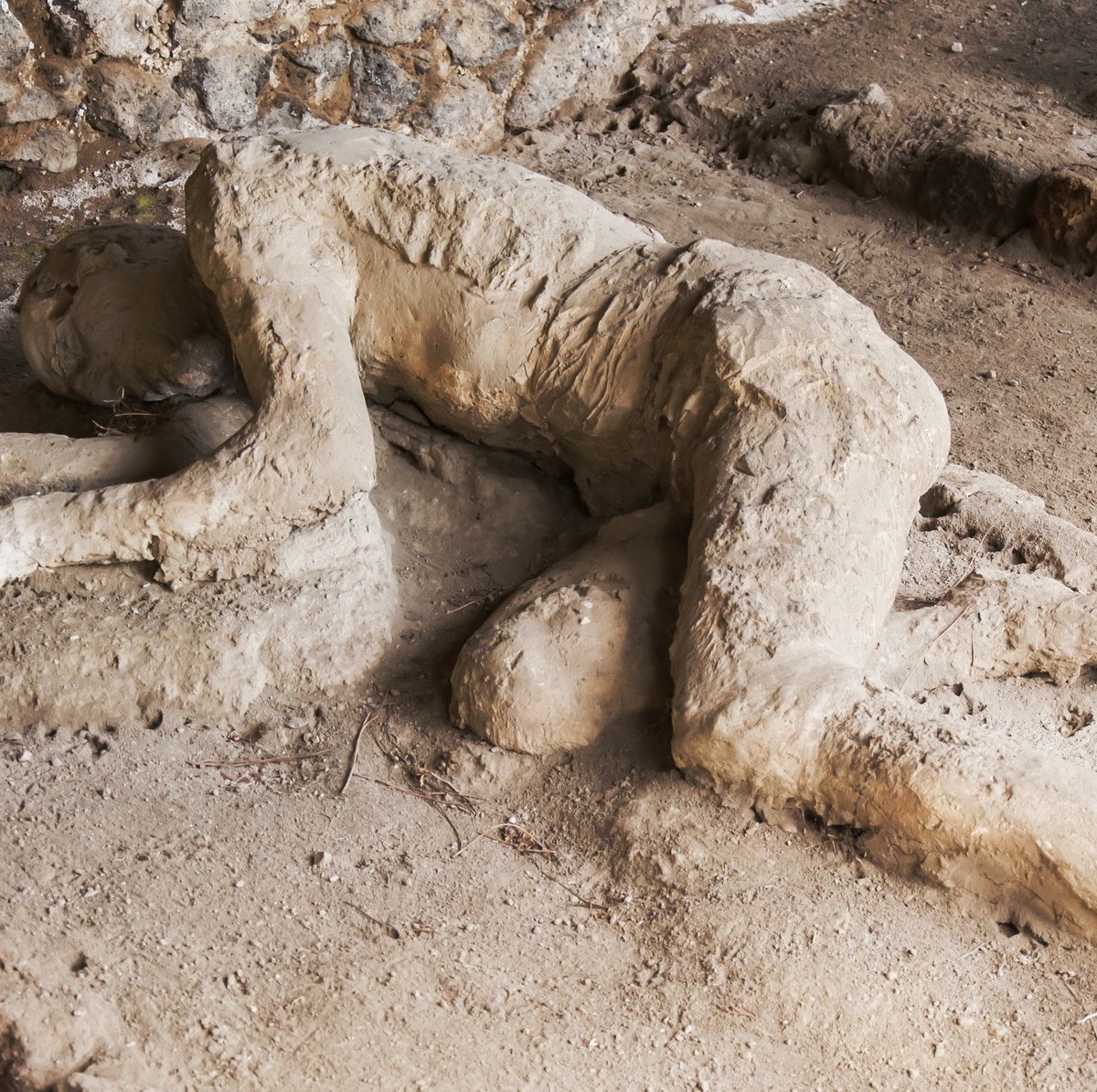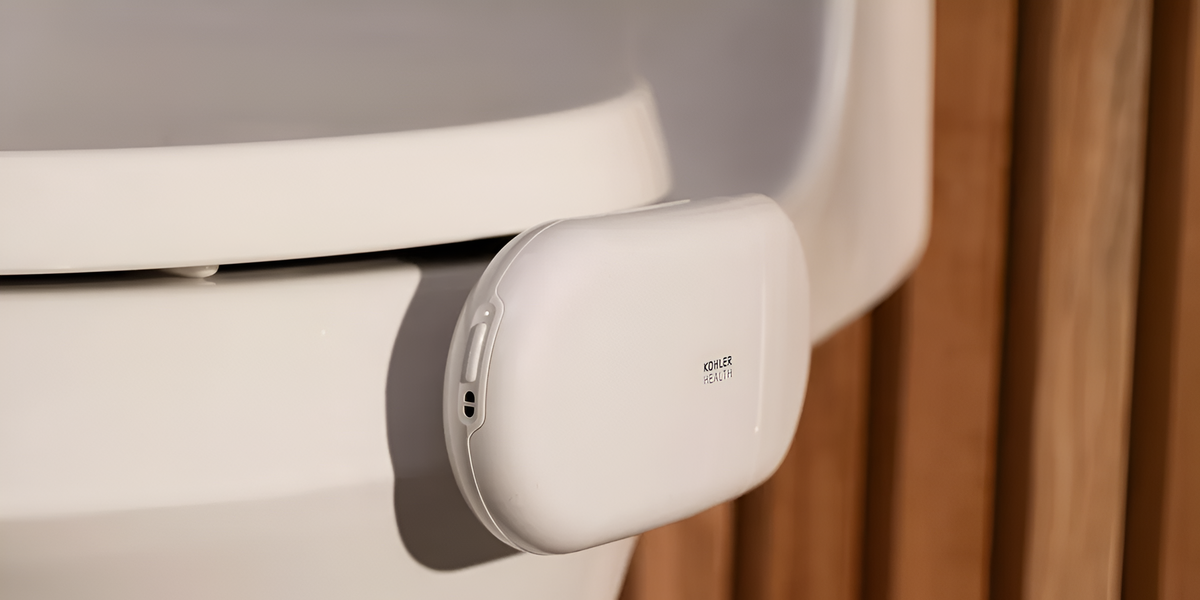In the Pompeii disaster, ash and volcanic materials from Mount Vesuvius covered the city and the bodies of the victims, keeping them in their final positions due to the compression of the ash. These ‘buried’ people may not be exactly as previously believed, a study suggests; Their story seems a little more complicated than we thought.
In a new paper published in the scientific journal Current Biology, an international group of researchers took a closer look at the genetics of five people who died during the event nearly two thousand years ago. They did DNA tests for this.
For example, two of the victims examined turned out to be a mother holding her child. But, After a thorough analysis of the DNA, researchers realized that this was a man with a baby and that there was no family relationship between them.
In total, researchers were able to study and analyze 14 groups of people who died in Pompeii; However, they were only able to recover skeletal remains from five of them, allowing DNA research to be conducted.
With the results, It was possible to better understand the genetic relationships, gender and ancestry characteristics of these individuals.
“Our findings have important implications for the interpretation of archaeological data and understanding of ancient societies. They highlight the importance of integrating genetic data with archaeological and historical information to avoid misinterpretations based on modern assumptions,” said study co-author Alissa, an archaeogenetic expert at Harvard Medical School. Mittnik in an official statement.
Pompeii: Not what it seems
Other bodies analyzed suggest It turned out that two molds that appeared to be sisters or mother and daughter who died together and hugged each other were actually a man and a woman. Before genetic analysis, researchers made assumptions about the victims based on details such as their location, clothing, and position at the time of death.
Another interesting discovery was the great genetic diversity in Pompeii. The data shows that Most of the individuals studied were descendants of immigrants rather than people who had lived in the area for centuries.
According to scientists, DNA studies can provide more definitive answers about the history of the region. In one of the cases, theResearchers thought the four people in a room were with two parents and their children, but none of them were genetically related. These and similar studies could help improve knowledge about Pompeii’s population.
“All inhabitants of Pompeii with comprehensive genetic data have ancestors mostly from recent immigrants from the Eastern Mediterranean. This was also observed in ancient genomes contemporary with the city of Rome, highlighting the cosmopolitanism of the Roman Empire in this period,” the study explains.
Follow current developments in history and science at TecMundo. If you want, take the opportunity to find out if anyone survived the eruption of Mount Vesuvius in Pompeii. Until next time!
Source: Tec Mundo
I’m Blaine Morgan, an experienced journalist and writer with over 8 years of experience in the tech industry. My expertise lies in writing about technology news and trends, covering everything from cutting-edge gadgets to emerging software developments. I’ve written for several leading publications including Gadget Onus where I am an author.












